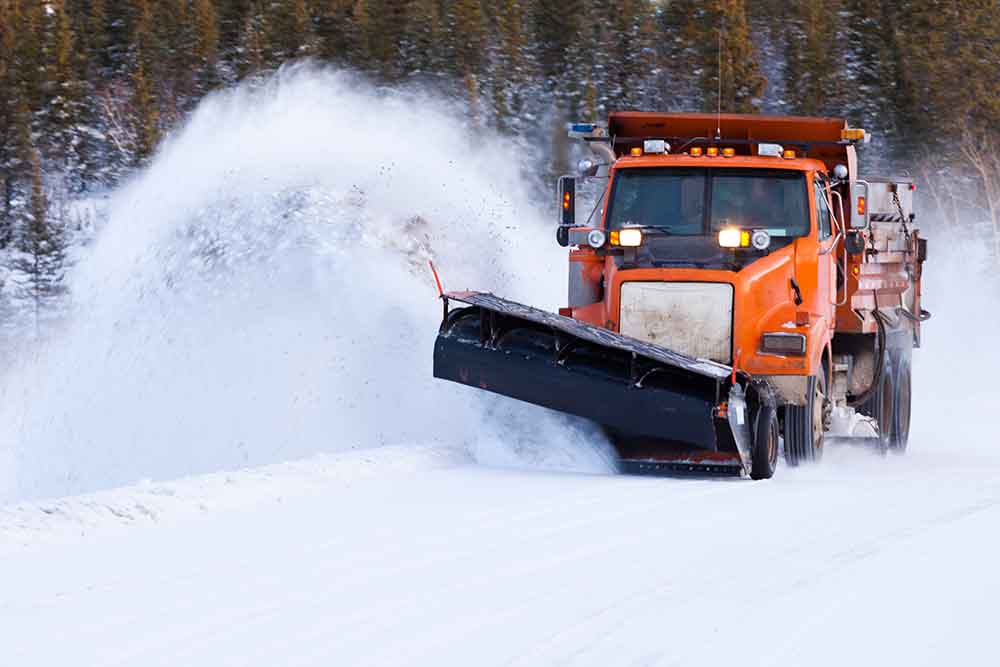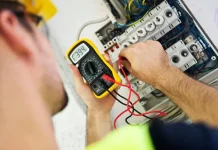Snow removal is an essential task for homeowners, businesses, and municipalities in regions that experience significant snowfall. Effective snow removal ensures safety, accessibility, and reduces the risk of accidents and property damage. This comprehensive guide will cover the importance of snow removal, various techniques and tools available, best practices for effective snow removal, and tips for staying safe during the winter season.
The Importance of Snow Removal
Snow accumulation can lead to numerous hazards and inconveniences, making timely and effective snow removal crucial.
Safety
- Accident Prevention: Accumulated snow and ice can make walkways, driveways, and roads slippery, increasing the risk of slips, falls, and vehicular accidents.
- Emergency Access: Clear pathways ensure that emergency services can reach your home or business in case of an emergency.
Accessibility
- Daily Activities: Clear sidewalks, driveways, and parking lots are necessary for daily activities such as commuting to work, school, and shopping.
- Business Operations: For businesses, snow removal is essential to maintain operations and ensure the safety of customers and employees.
Property Protection
- Preventing Damage: Heavy snow and ice buildup can damage roofs, gutters, and landscaping. Regular snow removal helps prevent costly repairs.
- Legal Obligations: Many municipalities have ordinances requiring property owners to clear snow from sidewalks and driveways, making snow removal a legal necessity.
Techniques for Snow Removal
Various techniques are used for snow removal, each with its own advantages and best-use scenarios.
Shoveling
Shoveling is the most traditional and widely used method for snow removal, especially for small areas like walkways and driveways.
- Manual Effort: Requires physical labor and can be physically demanding, especially for large accumulations of snow.
- Proper Technique: To avoid injury, use proper lifting techniques: bend your knees, keep your back straight, and lift with your legs.
Snow Blowing
Snow blowers are mechanical devices designed to clear snow quickly and efficiently from larger areas.
- Types of Snow Blowers:
- Single-Stage: Best for light to moderate snowfalls; uses an auger to scoop and throw snow.
- Two-Stage: Suitable for heavier snowfalls and larger areas; uses an auger and impeller to throw snow farther.
- Three-Stage: Most powerful; designed for very heavy and wet snow.
- Efficiency: Snow blowers can clear large areas quickly and with less physical effort than shoveling.
Plowing
Snow plowing is ideal for clearing large areas such as parking lots, long driveways, and roads.
- Equipment: Requires a plow attachment, typically mounted on a truck or ATV.
- Professional Services: Many businesses and municipalities hire professional plowing services for efficient snow removal.
De-Icing
De-icing involves the use of chemicals to melt ice and prevent its formation.
- Materials: Common de-icing agents include rock salt (sodium chloride), calcium chloride, and magnesium chloride.
- Application: Spread de-icing agents on walkways, driveways, and roads to melt existing ice and prevent new ice from forming.
Snow Melting Systems
Snow melting systems are embedded in surfaces such as driveways, walkways, and roofs to melt snow on contact.
- Hydronic Systems: Use heated water pumped through tubes embedded in the surface.
- Electric Systems: Use electric heating elements embedded in the surface.
- Cost and Installation: These systems can be expensive to install but offer a long-term solution for snow removal.
Best Practices for Effective Snow Removal
Following best practices can make snow removal more efficient and safer.
Plan Ahead
- Stay Informed: Monitor weather forecasts to anticipate snow events and plan your snow removal activities.
- Prepare Equipment: Ensure your snow removal equipment is in good working condition before the snow season begins.
Timing
- Remove Snow Early: Begin snow removal as soon as possible to prevent snow from compacting and turning to ice.
- Frequent Clearing: In heavy snowfall, clear snow periodically rather than waiting for it to accumulate.
Safety Precautions
- Warm-Up Exercises: Perform warm-up exercises before shoveling to prevent muscle strains.
- Proper Attire: Wear warm, waterproof clothing, and non-slip boots to stay dry and prevent falls.
- Hydration: Stay hydrated, as snow removal can be physically demanding.
Use the Right Tools
- Shovels: Choose ergonomic shovels to reduce strain on your back.
- Snow Blowers: Select a snow blower that matches your property’s needs and snow conditions.
- De-Icing Agents: Use appropriate de-icing agents for your climate and surface type.
Environmentally Friendly Practices
- Minimize Salt Use: Excessive use of salt can harm plants, pets, and infrastructure. Use it sparingly and consider alternative de-icing agents.
- Eco-Friendly Options: Use environmentally friendly de-icing products that are less harmful to the environment.
Professional Snow Removal Services
For large properties or those unable to manage snow removal on their own, professional services are available.
Benefits of Professional Services
- Expertise and Equipment: Professionals have the expertise and equipment to handle large-scale snow removal efficiently.
- Reliability: Professional services provide reliable and timely snow removal, ensuring safety and accessibility.
Choosing a Service
- Research: Look for reputable snow removal companies with positive reviews and a history of reliable service.
- Contracts: Consider seasonal contracts for consistent service throughout the winter.
Conclusion
Snow removal is a critical task for ensuring safety, accessibility, and property protection during the winter months. Whether you opt for manual shoveling, mechanical snow blowing, professional plowing, or high-tech snow melting systems, following best practices and safety guidelines is essential. By planning ahead, using the right tools, and staying informed about weather conditions, you can effectively manage snow removal and maintain a safe and functional property throughout the winter season.










